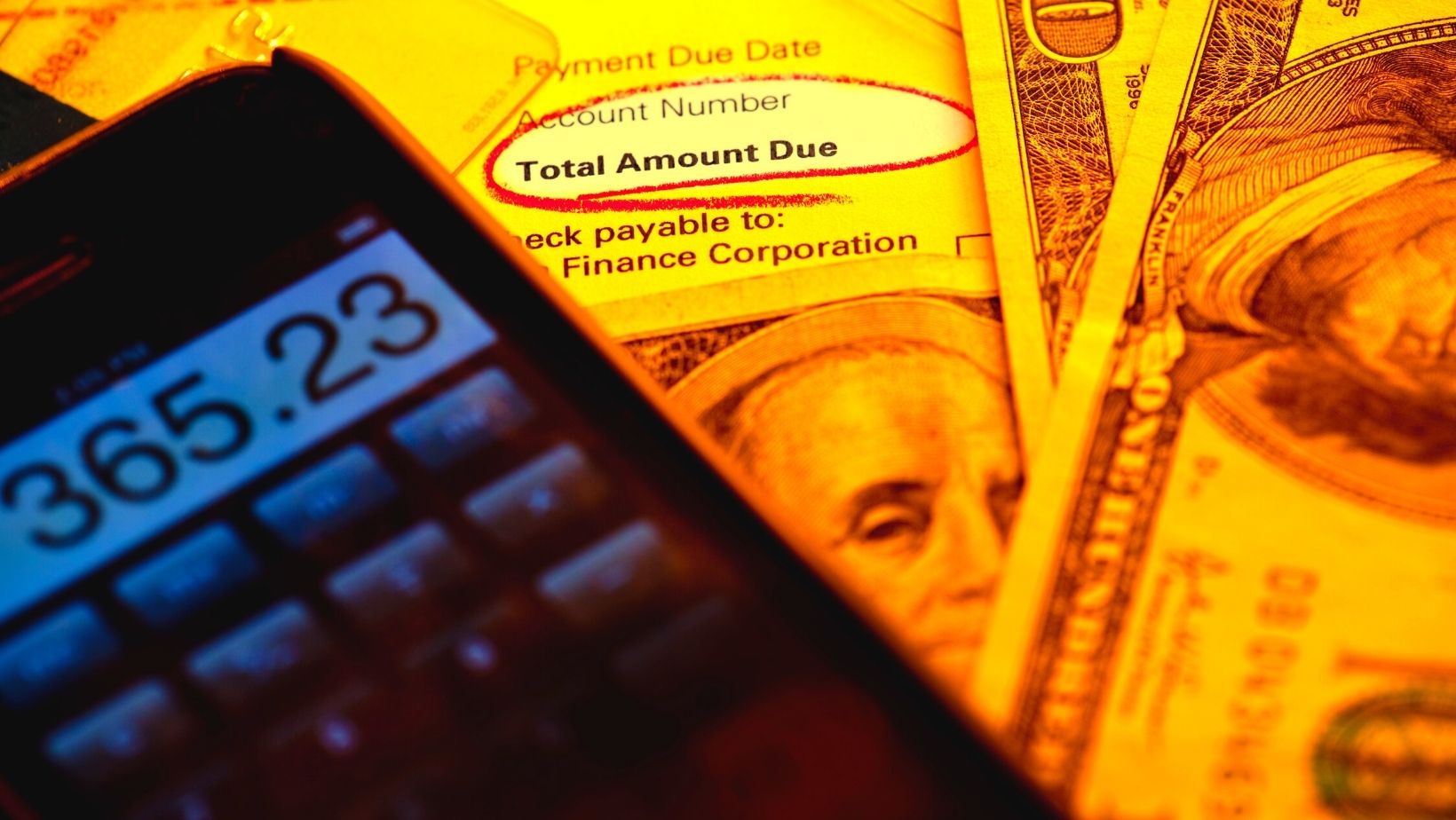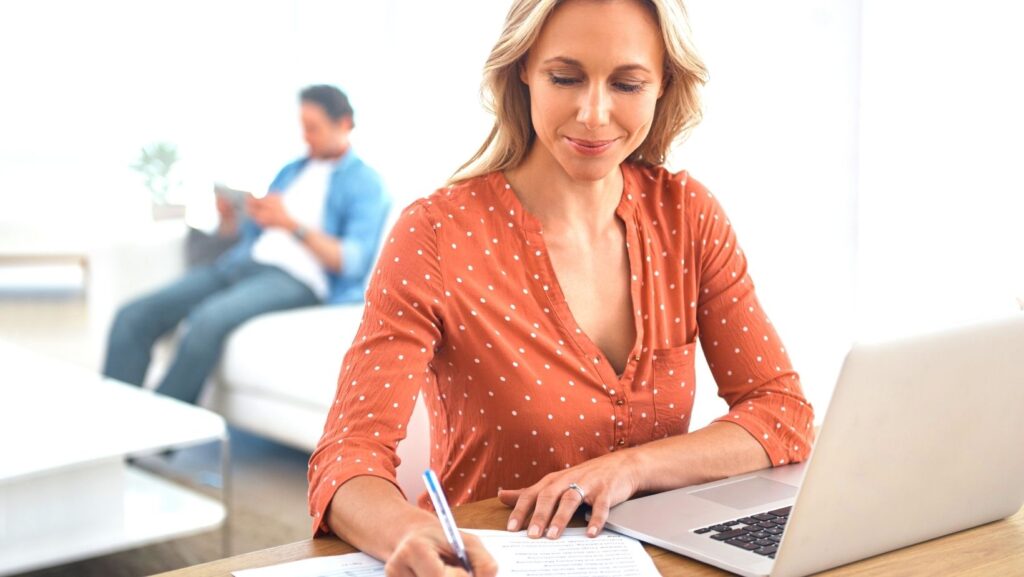5 effective ways to organize your monthly bills

When it comes to making sure your monthly bills are paid in full and on time, a lack of organization can make things unnecessarily confusing and complicated. Paying bills is one of the less fun tasks you may have to take care of; it’s also one of the most important, especially if you want to live debt-free.
Without an organization system, you may miss payments, generating late fees, penalties, higher interest rates, and even negative impacts on your credit score.
No matter if you have just a few bills or many to keep track of, here are five ways to organize your monthly bills to help you stay on top of your finances.
1. Keep your bills in one place
If you receive paper bills in the mail, it can be challenging to sort through all regular and junk mail you get, and it’s easy for mail to get misplaced or thrown away. Or, if you get electronic bills through email, they can easily get lost in the hundreds of other emails you likely get.
Regardless of how you’re notified you have a payment due, create an organized system to keep everything in one place. It may be a certain folder in your email inbox or a folder, drawer or another filing system at home for paper bills. You may choose to print out your e-bills when they are sent or scan your paper bills into an app and store them electronically.
No matter which way you choose, knowing where all financial papers are, including bills, can help keep you organized.

2. Open every bill you get
Whether you get an email notification or a bill in the mail, open and look at every one. Be sure to make a note of the date due, how to make the payment (snail mail payments take longer to process), and the total amount. It can be helpful to write this information on the front of the envelope or highlight it with a bright color to catch your attention.
This is especially important if you’re behind on paying bills because when they are out of sight, they can easily be put out of mind.
3. Set up automatic bill pay
Many bills, such as mortgages, utility bills, phone bills, internet, and others, can be paid online and automatically. By setting up or logging into your account, you can enter and save your credit card or bank information so that the bill amount is automatically withdrawn or charged each month. This helps keep you organized because you’ll never miss a payment, and you don’t have to worry about ensuring that the bill was received and paid.
However, if you do this, you should still open and store all bills and stay on top of how much you’re paying each month. It’s easy to lose track of how much your electric or water bill is if you’re not keeping an eye on it, which could lead to overpayments or higher-than-anticipated payments. You’ll also want to ensure you always have enough in your bank account or on your credit limit to pay the bill to avoid costly fees.
4. Schedule time to make payments
You may only need one time per month, or you may opt for once per week. You could even do it once per day if you have a lot of bills or aren’t able to set up automatic payments or pay in advance. The important thing is you reserve time, even physically writing it on your calendar or to-do list, to pay bills and review your finances.
By putting it on your schedule and prioritizing the time just like you would another appointment or meeting, you’re more likely to remain organized.

5. Create or print a bills checklist
You can find free templates online or create one yourself, but a bills checklist can help you stay organized. Write out the name of the bill, the due date, and the total amount due each month, with boxes for every individual month that you can check off when the bill is paid. You can even add an “auto-pay” column so you don’t forget which ones are set up to automatically deduct.
Caitlyn Callahan
Caitlyn is a freelance writer from the Cincinnati area with clients ranging from digital marketing agencies, insurance/finance companies, and healthcare organizations to travel and technology blogs. She loves reading, traveling, and camping—and hanging with her dogs Coco and Hamilton.
-
Quotes1 year ago
30 Inspirational Thoughts For The Day
-
Self Improvement1 year ago
7 Tips To Recreate Your Life In 3 Months And Change Your Destiny
-
Motivation1 year ago
5 Excellent Ways To Stay Focused On Your Dreams
-
Quotes1 year ago
21 Quotes About Chasing Perfection And Striving For It
-
Health1 year ago
4 CBD Products Your Dog Deserves To Have
-
Personal Finance2 months ago
How Do I Find My UCAS ID Number?
-
Entrepreneurs1 year ago
1Password Evaluation – The Highest Ranked Password Manager Out There
-
Entrepreneurs2 years ago
51 Lucrative Ways to Make Money From Home



























